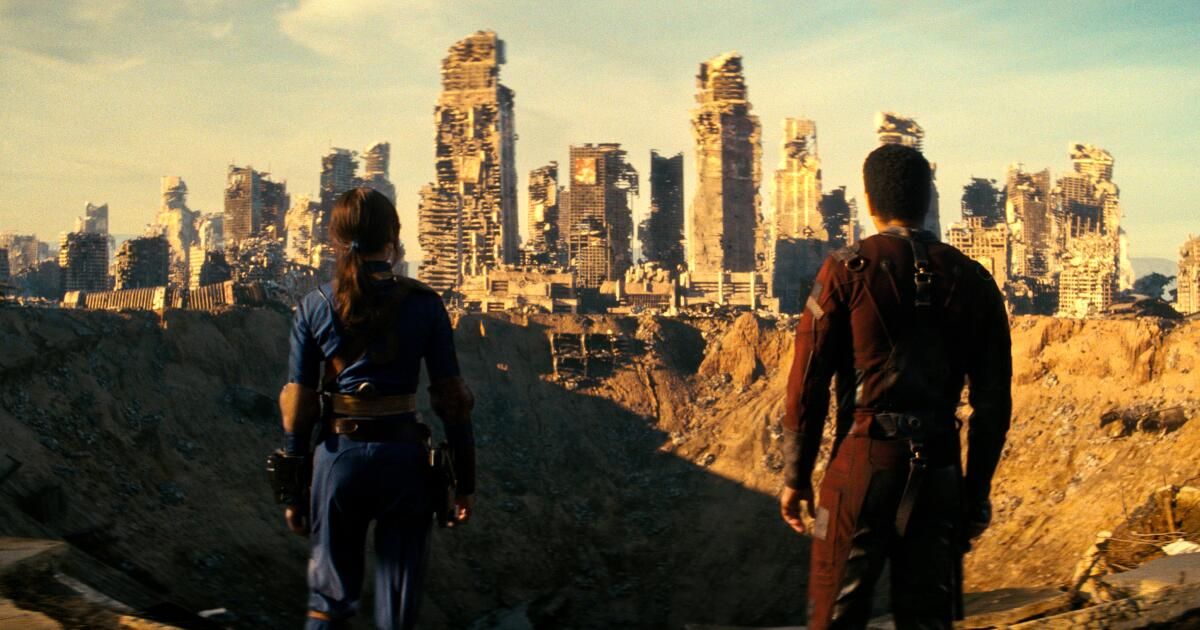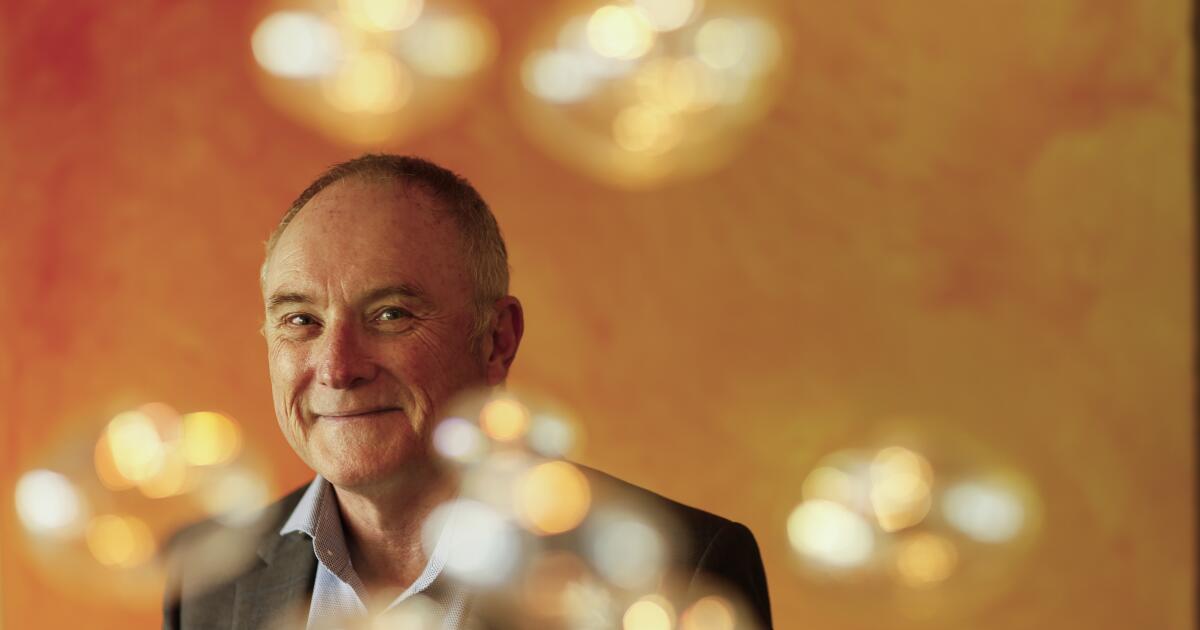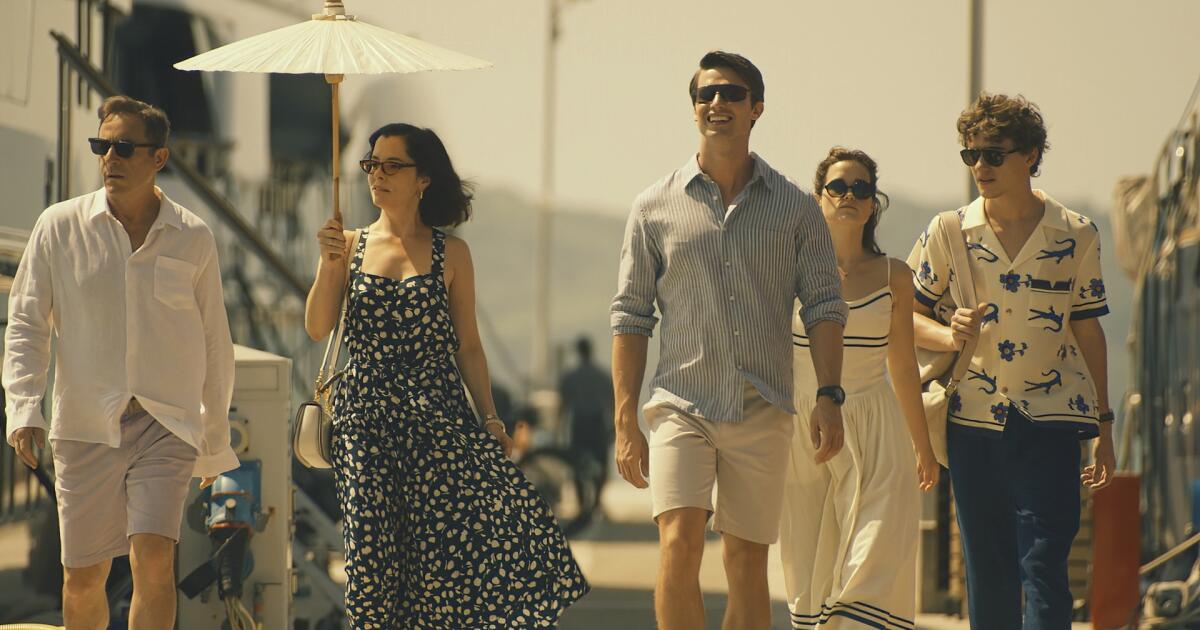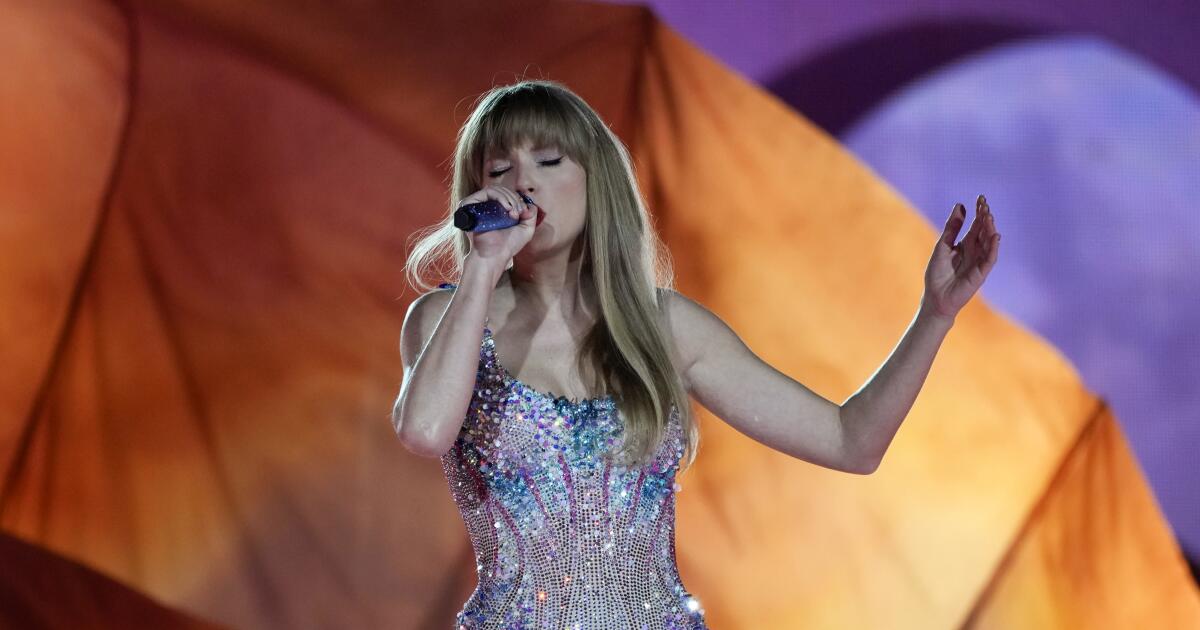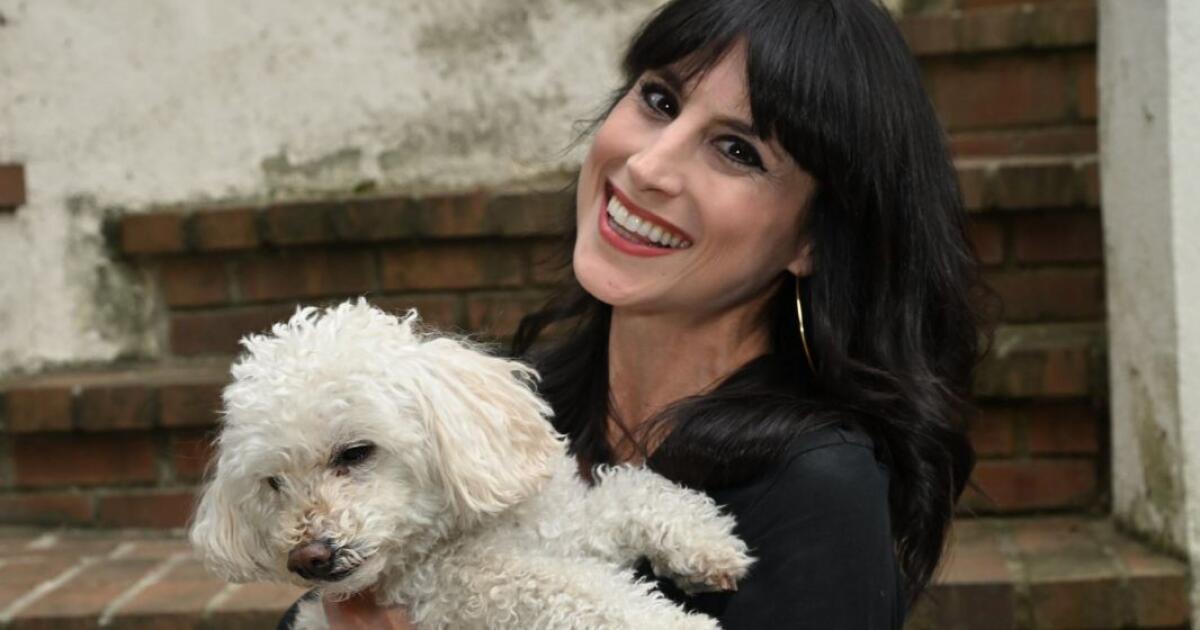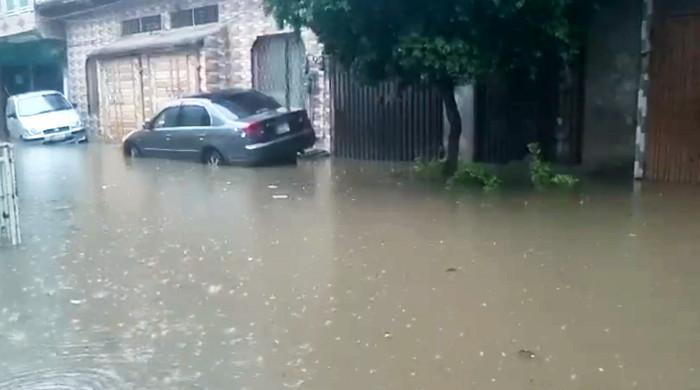Prime Video's “Fallout” could have been set in a nuclear war-ravaged Colorado or a vaguely defined southwestern desert, depending on who you talk to.
However, when a near-perfect replica of the Santa Monica coastline was found during a location scout on the West Coast, the decision was made to set the post-apocalyptic video game adaptation in a sandblasted future Los Angeles.
That coast? It was the west coast of Africa, but with some sets and clever digital effects, the stunning Elizabeth Bay region of Namibia would be more than enough.
“Los Angeles prevailed, in the most wonderful way, in the creative process through Namibia,” says Jonathan Nolan, guiding executive producer of “Fallout” and director of the show's first three episodes. “People in show business always hesitate to set something in Los Angeles because it feels like it comes with a bit of narcissism. But that actually worked for the unique tone of this show. The final push was to try to incorporate the physical production of creation into the actual narrative.”
Although the rest of the series was filmed in and around New York City and adjacent to the Bonneville Salt Flats in Utah, the desert and sea landscapes of Namibia and the long-abandoned Kolmanskop diamond mining facility provided key looks for heroine Lucy MacLean, raised in a bomb shelter. (Ella Purnell) travels from Ella's underground vault through the irradiated Los Angeles Wasteland.
The second unit drone footage was the only set of “Fallout” footage actually filmed in Southern California.
(main video)
Nolan had wanted to be the first to film his HBO series “Westworld” in a remote location, but it didn't fit visually with the techno-Western look of that show. For the remains of Los Angeles, however, it was perfect.
“It's so magnificently destroyed,” Howard Cummings, a two-time Emmy winner and production designer for both Nolan shows, says of the facility and the nearby abandoned town. “Every day for years, 60 mph winds with sand storms have affected all surfaces. When they left the gigantic processing facility, manufacturing parts flew. That was perfect for us; It seemed as if an atomic bomb had exploded. We had to do very little to really make it come to life.”
Another “Westworld” veteran, Emmy-winning visual effects supervisor Jay Worth, says his team only had to add a CG Ferris to the pier and mountains from Malibu to Point Dume, to the African stand-in for the Bay of Santa Monica, which would otherwise be intact. The shot informed the exterior aesthetic of the first season, which has only one set of images filmed in Southern California: second-unit drone footage around the Griffith Observatory.
“It was really Howard's design and the search for Namibia that was the touchstone for us; The exhibition should be seen as a really interesting mix of practical buildings and this expansive space,” says Worth. “The biggest challenge for us, visual effects-wise, was combining Namibia, New York and Utah to make it look like a post-apocalyptic Los Angeles. Each one is very varied and disparate in texture, tone, everything. But having grown up in Los Angeles, it was really fun to be able to figure out what touchstones we could hold onto to achieve the iconic character of Los Angeles.”
Worth's team provided the remains of the broken arch of the LAX-themed building with a giant, devoured Randy's Donuts nearby for the show's main protagonists: Lucy, the Ghoul's walking nightmare (Walton Goggins), and Maximus (Aaron Moten), a renegade. of the fascist. Brotherhood of Steel: to pass from various distances and directions. Other Googie-style structures were created for both the retro 1950s scenes and future scenes of antebellum Los Angeles and its later damaged ruins. Hollywood's Capitol Records building is destroyed by the nuclear attack and is still partially visible when the Ghoul passes by more than two centuries later.
And the Griffith Observatory, where the Season 1 finale takes place, had to digitally replace its exterior (which was practically filmed at the Woolworth Estate in suburban New York), while the interior auditorium was missing part of a wall to accommodate faces a destroyed building. VFX view of downtown Los Angeles – Filmed on a volume stage built especially for “Fallout” at Gold Coast Studios on Long Island.
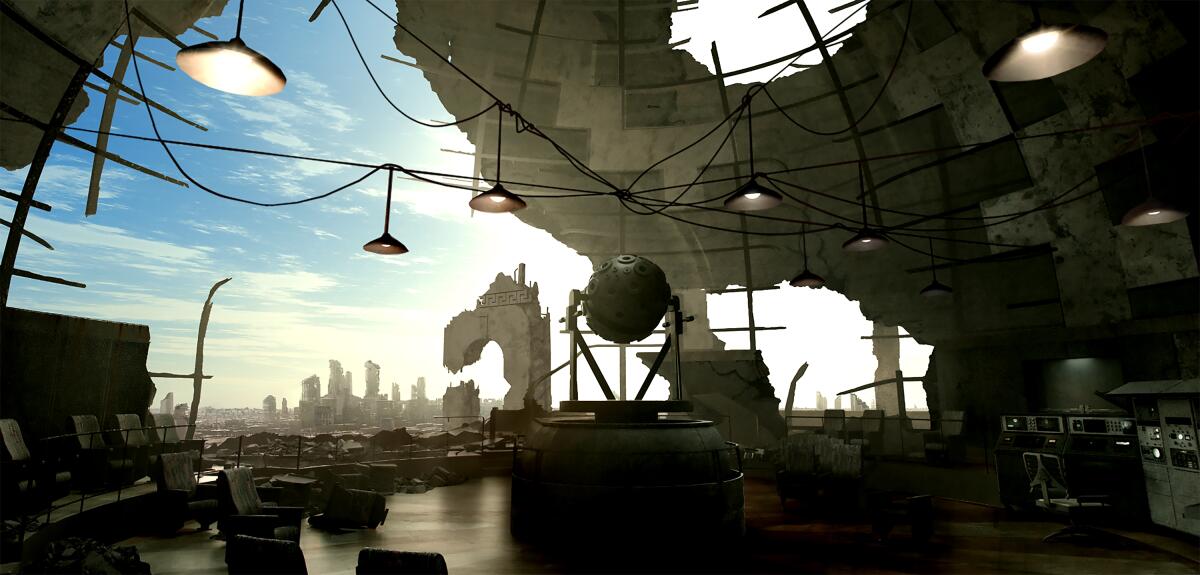
The interior auditorium of the Griffith Observatory (which is missing part of a wall, so you see a VFX view of the destroyed downtown Los Angeles) was filmed on a volume stage built especially for “Fallout” at Gold Coast Studios in Long Island.
(main video)
The main stages were at Steiner Studios near the Brooklyn Navy Yard. The settlements dotting the desert (actually Namibia) were built from scrap metal found at an East River container yard and Wade's Salvage in Atco, New Jersey. The opening pre-war sequence: a children's birthday party in a glass-walled mid-century modern case study house. It screams Hollywood Hills but was physically filmed in a house in Nyack, New York; Cummings believes it was supposed to replace the Nichols Canyon area of Los Angeles.
Imaginative and almost imaginary environments of Southern California were created in upstate New York.
“The cave in the bear sequence was near Woodstock,” Cummings says of the scene in which Maximus and a Brotherhood warrior are attacked by a mutant ursine. “It was man-made for the mine that provided the cement to build the Brooklyn Bridge! If it was in Los Angeles, I wanted it to be Bronson Canyon Cave.
“The visual effects helped with some of the wider shots that show us that Los Angeles is now a mosaic of green and destroyed areas,” Cummings continues. “There is a specific lake where Lucy and the Ghoul encounter the Gulper. [a giant, mutated salamander], but it's supposed to be on Hollywood Boulevard. That [actual] The location was a quarry filling with water in Verplanck, New York, and the buildings we filmed against were actually there. “It was so pretty.”
Yes, but it's not much like the Los Angeles we know. Or not?
“You hang a sign that says Hollywood Boulevard in front of almost anything, and the public's imagination fills in the details,” Nolan says.
Worth believes it's the small details that really sell the illusion. One of his favorite shots involved moving sand to reveal stars underfoot on the Walk of Fame.

The visual effects team only had to add a CG Ferris wheel to the pier and the mountains from Malibu to Point Dume to the otherwise intact African stand-in for Santa Monica Bay.
(main video)
“Jay and his team are the best in the business, extraordinary artists in their own right,” says Nolan. “They always do their best work when we give them something to build on. Even when the locations have practically been built for most of the shots, which is very rare on the show, they would do better if they had an on-camera reference.”
Which brings us back to the dramatic spectacle of Africa in the Pacific, where waves crash against the endless sand of the desert.
“I'm always looking for a shot that encapsulates the look of a show like this, going back to it visually again and again to make the rest of the shots work,” Worth notes. “The Santa Monica Pier was fascinating because it has a tone. Not only does it technically have to look a certain way, but it also has to give you that feeling of hope and fear at the same time for this new journey that Lucy is taking. “It was fun to try to capture that and then carry that emotion throughout the rest of the season.”

